Post title...
The Isle of Skye lies close to the northwest coast of the Scottish Highlands and it Scotland’s largest tourist destination after Edinburgh. Rightfully so, as it contains what are thought to be the only true mountains in Britain – the dramatic Cuillin and Red Hills. The Cuillin, also known as the Black Cuillin, is a rugged ridge of peaks that are the remains of a volcano. The Red Hills are the adjacent landforms to the Black Cuillin, having a very different mineralogy and much gentler slopes than their Cuillin neighbours. These mountains have been a mecca for experienced climbers, scramblers and even hillwalkers for over 150 years. They offer breathtaking views of the ancient volcanoes that once erupted on Skye and also a range of satisfying ascents. Rising straight from the sea with little vegetation, these mountains first appear precipitous, but if you get close enough you see the enchanting scenery that the cloudy peaks offer. J. A Macculoch, a Scottish writer, put this beauty into words on his first visit to the mountains: “Here and there a black precipitous scour looms out of the hillside, but the hills themselves in their white dresses are folded softly against the sky, and the snowy peaks of the Cuillin shimmer away like some ethereal fantasy into the sapphire heaven. Were it not for the shadows cast of the hills by their outstanding rocks and bluffs, they might be fleecy clouds, forming and dispersing and reforming in dreamy air.”

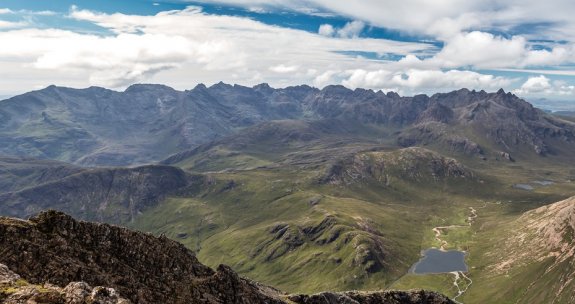
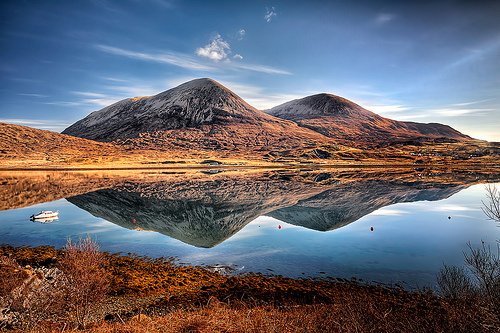
Post title...


After the three ancient continents collided to form what we now know as the United Kingdom, the Earths crust began stretching apart and forming the Atlantic Ocean. During this stretching, the mantle began to melt an magma welled up beneath the crust forming ‘hot spots.’ Around 61-55 million years ago, deep fractures in the crust allowed the magma rise and erupt at the surface. The lava flows from these eruptions built up vast plateaus in the Inner Hebrides but can also be found on the islands of Mull, Iona and Staffa. The hexagonal columns were formed when the lava cooled and shrank as it solidified, jointing and cracking into these distinct shapes. This hexagonal jointing is an entirely natural phenomenon and can be seen when mud dries out; since the lava contracts inwards as it cools, the polygonal jointing is essentially the most ‘economical’ shape for the rock to attain.
Post title...
The geology behind this area is even more diverse, as the boundaries of the park envelop the Highland Boundary Fault – one of the four faults upon which Scotland was pieced together. This fault is significant as it geologically separates the Highlands from the Lowlands but distinct changes can also be seen in the weather, vegetation, wildlife and landuse. The boundary fault cuts rights through the centre of Loch Lomond and the Trossachs, making them places of geological wonder and breathtaking views of landscapes so different from one another.
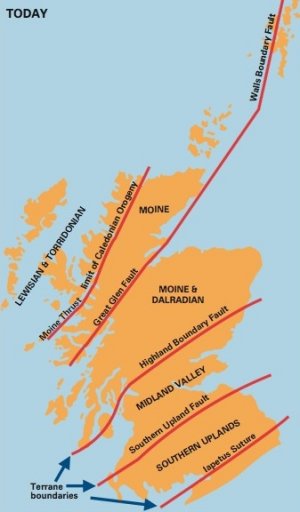
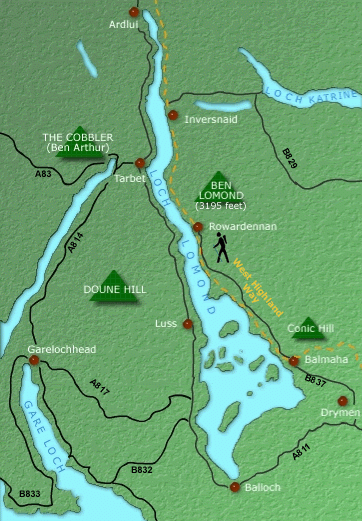
Post title...
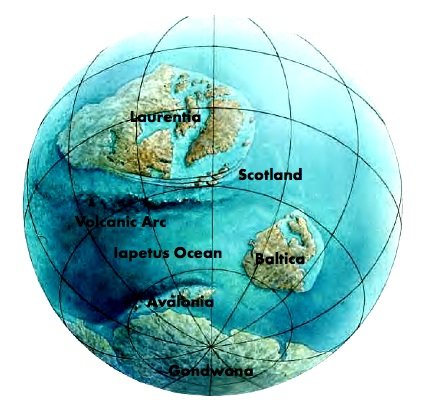

This mountain building event was known as the Caledonian orogeny. The newly united continent drifted across the planet, spending time in almost all Earth’s climatic zones including equatorial and desert, and eventually where it exists in present day. Beginning around 60 million years ago, the Atlantic Ocean formed from a thinning and diverging in the Earths crust, and Scotland drifted away from the rest of Laurentia. This stretching allowed molten rock to emerge at the surface that created a chain of volcanoes running along the west of Scotland. From this point until present day there were numerous periods of glaciation coupled with massive amounts of erosion to shape the landscape of Scotland we see today.
Whaur the sun shines bright on loch lomond
whaur me an' my true love wiLL ne'er meet again
on the bonnie, bonnie banks o' loch lomond"
Post title...
Flowers For Algernon Covers
Satire Comics about Fast food
Post title...
DAVID LEE MYERS INTERVIEW

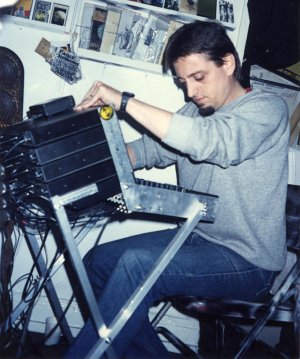
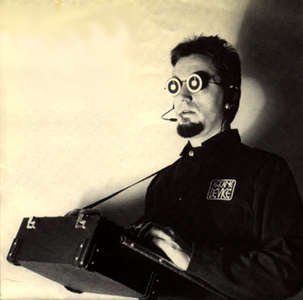
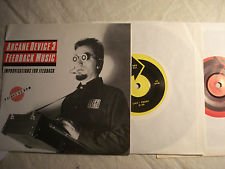
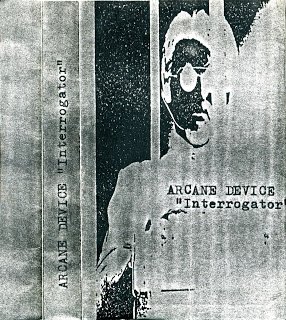
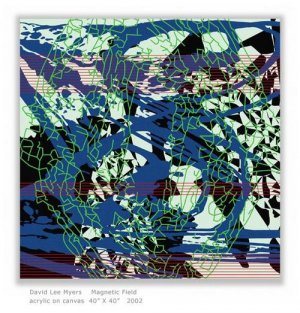
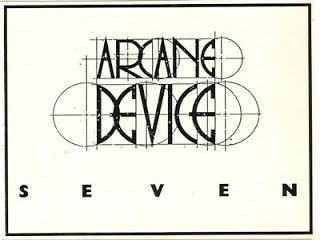

How To Sell Ebooks (3 Easy Tips)
Ebooks
Sell Your Ebook Tip #1 – Make It A Freebie!
Every time
you write an ebook, write a summarized Free Version to Give Away to make readers hunger and thirst for your paid product. If you write a 20 page ebook,
the freebie should be a 5 page teaser that leaves out the main point that the paid version explains so well! In the teaser, make sure you just hint at the
ultimate solution. But let readers know if they want the full answer,
they must Buy the full version.
If people like your free report they will tell usually share it!
This allows you to test your material with readers without losing any money. And gives you a quick and easy way to build a new reading audience.
Sell Your Ebook Tip #2 – Start With A Low Price.
Ebooks
should not be the same price as paper books. Avid ebook readers know
this, and Amazon confirmed it with their low-ball pricing structure.
Whatever the paper book price is the ebook price should be no more than
half that price! This is not what the industry practice, but this
should be what they practice.
Amazon
Kindle's ebook market have proven repeatedly that readers are more
willing to take a chance on a completely unknown author at the $0.99
price point, than at any other price point. Its the new FREE! It will
help you get your work out there, and over time you will be able measure
the response people have to your writing. It is immediate feedback.
And it is what every author really need.
The low-price strategy above is a powerful way to get readers to take a chance on you, by buying and reading your ebook. This can help you get reviews and develop a fan base that can lead to greater things. It may even put you in a position to get a big advance from a major publisher, and even sell your future ebooks at a much higher prices.
Sell Your Ebook Tip #3 – Get On Ebook Blogs
E-readers
are a tight-knit group who possess a powerful communication network.
Most know where to go for information. And they do this regularly. There
are many websites, newsletters, blogs, and social pages that only
review and promote e-books. The influence of these reviewers make a
difference to a lot of ebook buyers.
Check out the lists below of ebook blogs and websites with mega- traffic:
Ereader News Today: http://www.ereadernewstoday.com/
GoodReads: http://www.goodreads.com
Kindle Nation: http://kindlenationdaily.com/
Pixel of Ink: http://www.pixelofink.com
Getting your e-book listed on these websites can help you get a lot of downloads. You can email the administrators of these e-book blogs and ask them how you can get your ebook featured on their blog. Some sites give free listings while others will feature your book for a fee.
There
has never been a more interesting time to be an independent ebook
author. The opportunities to self-publish and sell ebooks are unmatched.
However, the basics remain the same. You must write a great ebook that
solves a problem that your readers desperately want the answer too.
Ebooks allow you to do this faster than ever before. Start small, use
the low-cost pricing approach to gain new readers, and finally, connect
with the ebook community to grow your readership. And you will be
amazed at how many people really want to read what you have written!
Writing and Selling Ebooks
>>Click Here Now<<

Photo Essays from 7th graders
Limmericks from 6th graders
There once was a man named Bob
who was a big slob
He went down town
To rent a huge clown
And that became his very first job
There once was a girl named Sally
Who had a best friend named Ally
They sang all the time
They bet for a dime
Who could kiss Mr.McNally.
-Skye P.
There once was a girl named Jordan
She hated her basketball warden
She made a plan
Involving a clam
Then her disgust towards him shortened.
-Alanis A.
There once was a guy named Dan
Who jumped hard on a can
He then hit his head
And placed himself in a bed
Poor Dan had a short life span
-Stefania S.There once was a girl named Mary
Who was always very scary
People ran away
She just wanted to play
Now she lives in a cemetery
-Angelica G.
There once was a boy named Joe
Who really liked to bite his toe
He went to the lagoon
With a walking balloon
And ended some kind of show.
-Aime H.
There once was a young fellow named Hall
Who often would fall
He hated to trip
But always would flip
Then hit himself on the brickwall.
-Emmanuel G.
There once was a guy named Chase
Who had a big blue case
He found it in March
On his way to the Arch
It was thrown from a bike race.
-Edwin H.
There once was a person named Mike
Who loved to ride his bike
One day he rode into a mat
with socks on his hat
and he now prefers to hike.
~Ernest R.
There once was a girl named Dora
Who loved her crazy friend Nora
They gossiped all day
Till the sky was gray
Racing home and rocking to Pandora.
~Dania C.
There once was a girl named Sandy
who ate some strange candy
some made out of toe nails
some made of lizard’s scales
when she was hungry they came in handy
There once was a girl named Jenny
Who was looking for a penny
She found a log
that contained a dog
So then she named her dog Lenny -Jenny F.There once was a girl named May
Who had an exceptionally crappy day
She slugged to her house
Then wailed to her spouse
“Why does it have to be this way?”